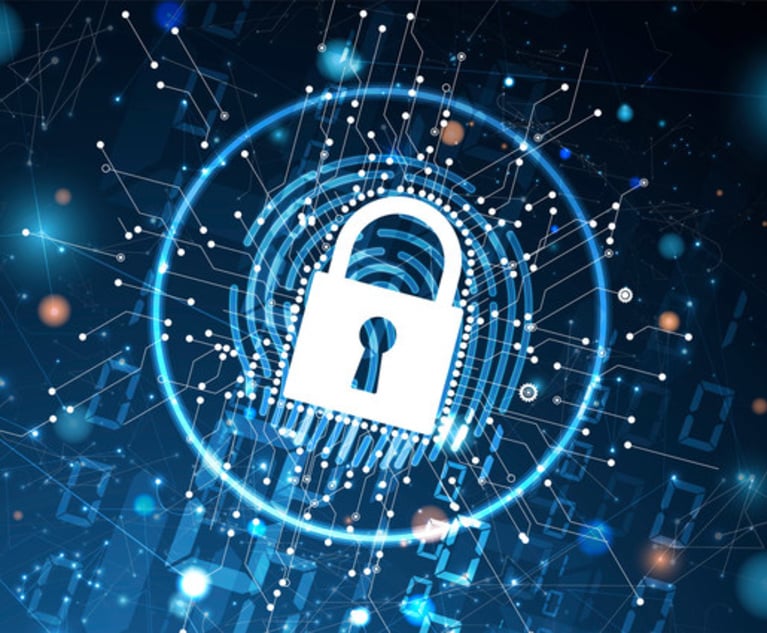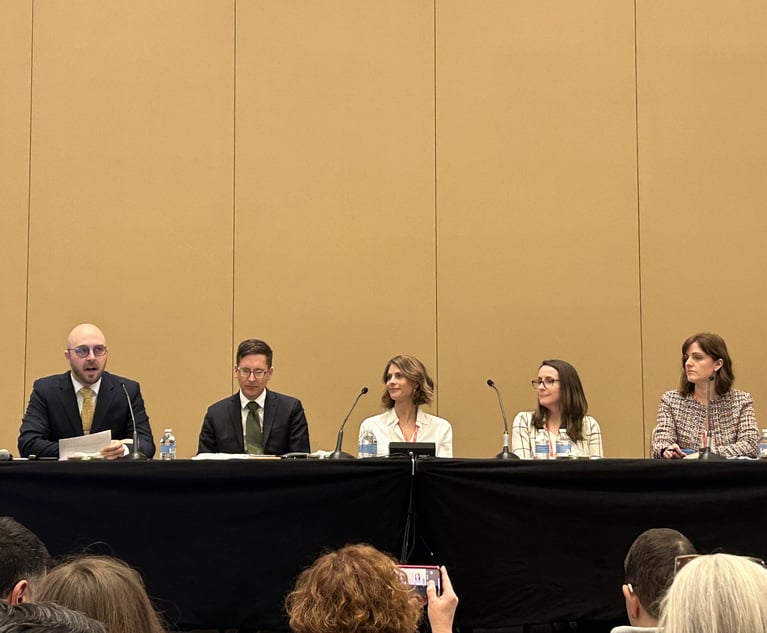The growing threat from ransomware is forcing organizations to re-think their cyber risk mitigation strategy. As private organizations and governments look ahead to 2021 and the risks they face in an increasingly uncertain world, ransomware will no doubt rank high on any list. Ransomware attacks involve the use of malware that encrypts the victim’s computing system, rendering files and data inaccessible until a demand for payment is met, and a decryption key is provided.
In a recent twist, certain ransomware attackers are increasingly threatening to release the victim’s data publicly if demands are not met. The incidence of ransomware attacks increased 37% year over year between 2018 and 2019, with an associated increase in ransomware-related losses of 147%. And the threat has only grown in 2020 with a 20% increase in reported ransomware attacks globally and a 109% increase in the U.S. The so-called “professionalization” of ransomware criminal enterprises is also on the rise, including guaranteed turnaround times, real-time chat support for victims, and payment demands customized to a victim’s financial profile.


 Credit: Khakimullin Aleksandr/Shutterstock.com
Credit: Khakimullin Aleksandr/Shutterstock.com




